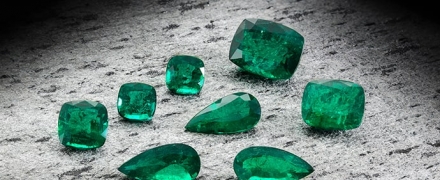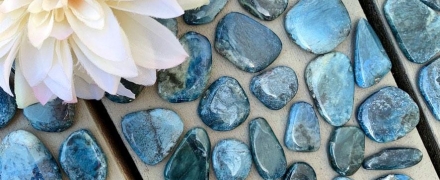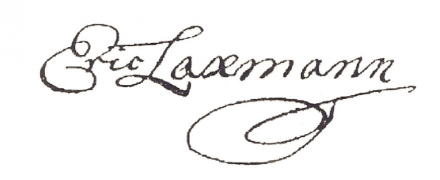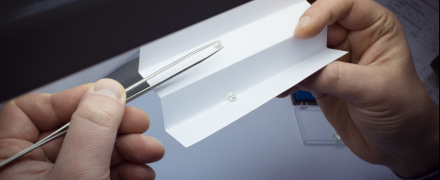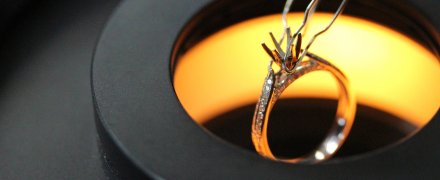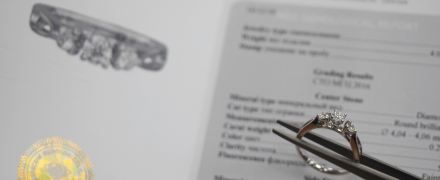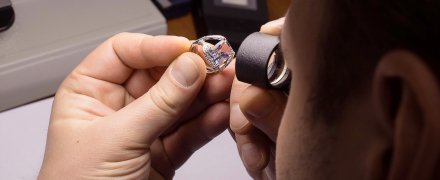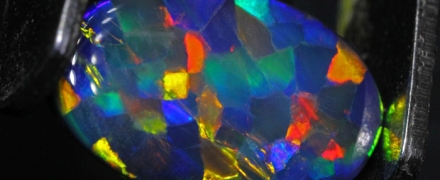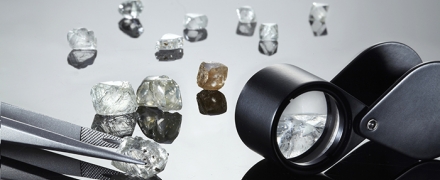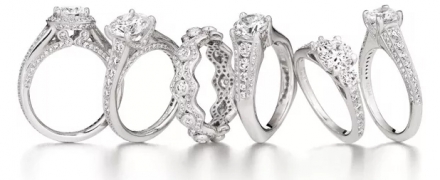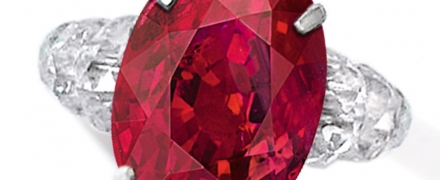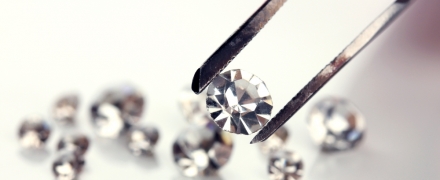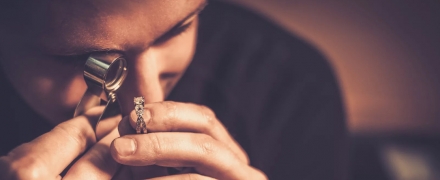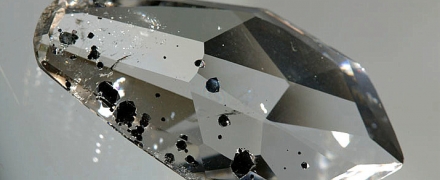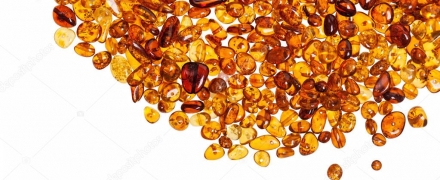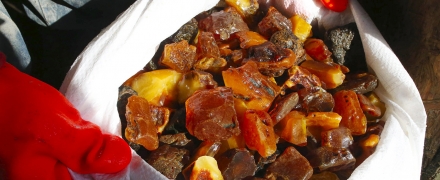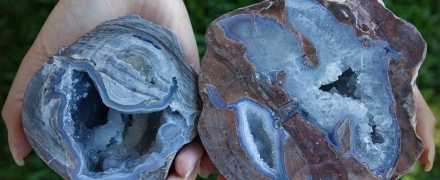open 10 am - 7 pm
laboratory is closed
How are mother of pearl priced?
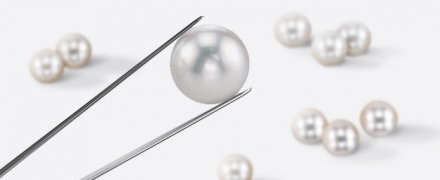
Pearls are classified as natural and cultured. Natural pearls are currently very rare on the market and are most often found in antiques. Therefore, the market is dominated by cultured pearls. Depending on the growth medium, pearls are divided into sea and freshwater, and sea pearls, in turn, differ by producer and region of origin. Cultured sea pearls are characterized by such names as “akoya” (a hybrid of the mollusks Pinctada imbricate-fucata-radiata), “pearls of the southern seas” (shells of the Pinctada maxima species), “Tahitian pearls” (the main producer is the mollusk Pinctada margaritifera), which became resistant trade names designating not only the region of cultivation, but also the producer. Recently, “hybrid” pearls have become more and more widespread, which in the early stages of cultivation were grown in freshwater reservoirs, and in the final stages - in marine ones. It is not correct to apply the name “akoya” to such pearls, as well as to pearls with a core. Based on the shape and dimensional characteristics of pearls, their color indices, brilliance, surface perfection and nacreous layer, as well as the quality of pearl selection, pearls are assigned to one or another varietal group. In the pearl market, there are several trade grade grades. The GemGuide edition uses a grading of pearls in 4 categories: “commercial”, “good”, “fine”, “extra fine”. The Michelsen Gemstone Index uses a five-step grading of pearl quality (from lowest to highest): Cc, Bb, Ac, Ab, Aa. Palmieri's Market Monitor evaluates pearls according to a designation system close to the pearl trade practice and contains 4 grades: "A" ("Commercial"), "AA" ("Fine"), "AAA" ("Very Fine") , "AAAA" ("Gem"). At the same time, for strings of pearls of the lowest quality “A” (“Commercial”), in addition to the main one, additional subcategories are also introduced: “A-” (“Low Commercial”) and “A +” (“Better Commercial”). In practice, in the trade of marine cultured pearls produced by mollusks of the species Pinctada maxima and Pinctada margaritifera, as a rule, they adhere to a system of 4 gradations: "A" ("D"), "AA" ("C"), "AAA" ( "A / B"), "AAAA" ("A"). For Japanese pearls "akoya", a 5-member grades are usually used: "A", "AA", "AA +", "AAA", "Hanadama". And finally, for freshwater pearls, a gradation of 4 grades is used, designated as: "A", "AA", "AAA", "AAAA". Thus, all pearls are evaluated according to four grades, conventionally: low quality, satisfactory quality, good quality and high quality. In addition, individual premium pearls stand out and are priced out of trend in personal bargaining between the seller and the buyer.


